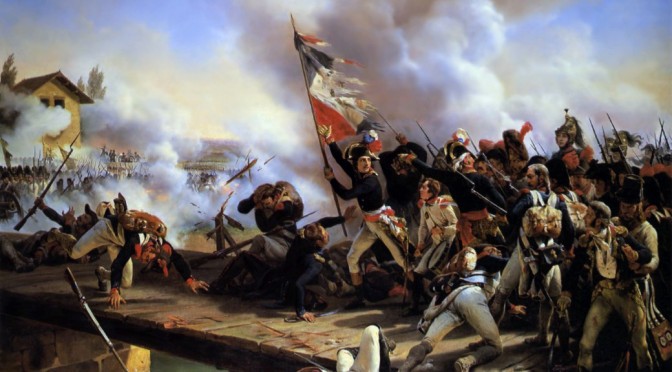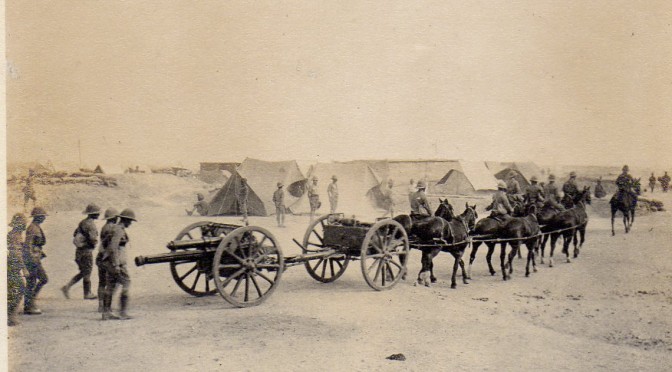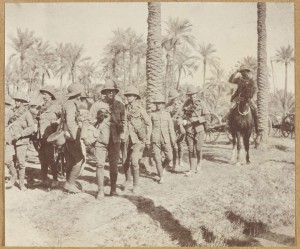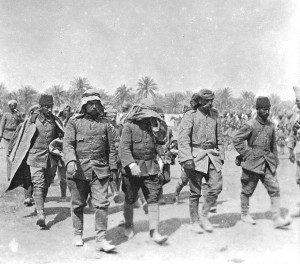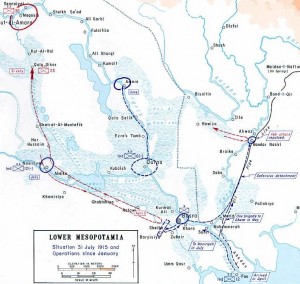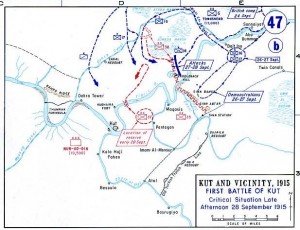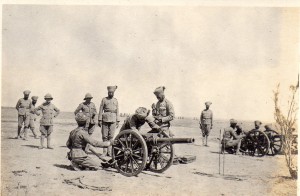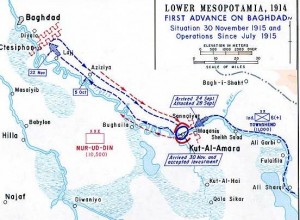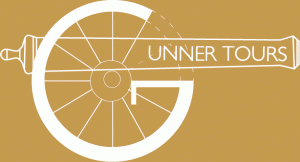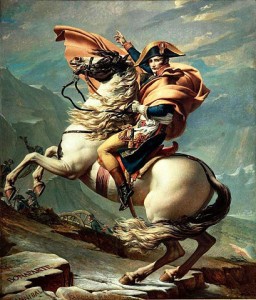 If Entrepreneurs are leaders willing to take risks and exercise initiative, taking advantage of market opportunities by planning, organizing, and employing resources, often by innovating new or improving existing products, then Napoleon Bonaparte had these qualities in bucket loads. Bonaparte was born to an inconsequential Italian family in Corsica, but rose to make himself master of most of Europe. He was the ultimate executive chairman.
If Entrepreneurs are leaders willing to take risks and exercise initiative, taking advantage of market opportunities by planning, organizing, and employing resources, often by innovating new or improving existing products, then Napoleon Bonaparte had these qualities in bucket loads. Bonaparte was born to an inconsequential Italian family in Corsica, but rose to make himself master of most of Europe. He was the ultimate executive chairman.
.
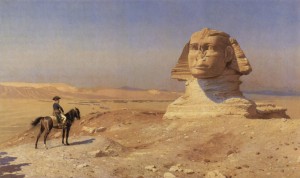 Napoleon’s rise offers a lot of inspiration for the ambitious. He certainly took advantage of opportunity, turning the chaos of revolutionary France to his personal advantage, risking his life, as well as political and personal fortunes. He was someone who got things done and left a lasting mark. He made lasting changes to much of Europe’s legal systems and administration. He also left advice in his military maxims: “those who would aspire to become a great captain should study the great captains of history”. Napoleon’s domain was the military and political rather than business worlds. However, there is a lot to be learned from his working methods, leadership style and career.
Napoleon’s rise offers a lot of inspiration for the ambitious. He certainly took advantage of opportunity, turning the chaos of revolutionary France to his personal advantage, risking his life, as well as political and personal fortunes. He was someone who got things done and left a lasting mark. He made lasting changes to much of Europe’s legal systems and administration. He also left advice in his military maxims: “those who would aspire to become a great captain should study the great captains of history”. Napoleon’s domain was the military and political rather than business worlds. However, there is a lot to be learned from his working methods, leadership style and career.
In a world without telephones or electronic messages, he managed, indeed micromanaged most of Europe from the detailed information he carried in his carriage which doubled as an office. His management style is a case study in personal productivity, decision making, executive selection and delegation. His mastery of public relations and leadership was literally legendary; the Napoleonic Legend is quite a legend. He appealed to soldiers and civilians, political and financial backers, and, according to the Duke of Wellington his appearance on the battlefield was worth forty thousand men. We may all like to think that our personal presence makes a difference to those around us, but Napoleon was someone whose influence was acknowledged by his enemies.
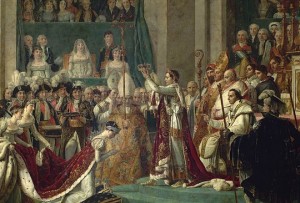
Napoleon’s career offers the kind of parables that illustrate some of the challenges faced by entrepreneurs. He had no exit strategy. By 1811 he had achieved almost everything he might have reasonably wanted for himself and his family. He ruled Europe and his family were on half a dozen thrones. He had a son and the foundations of a dynasty that might have dominated Europe if not the world. But he could not stop, and no one could stop him. As a self made man, he saw no need for governance. At his coronation he took the imperial crown from the Pope’s hands to crown himself. There were no constraints on his ultimately self destructive path.
His dynasty faced many of the problems facing businesses set up with family and circles of friends. Few of his family had any aptitude for leadership and management. Some of his early loyal friends were promoted beyond their competence. There was no easy way to bring outside talent into Napoleon’s management team.
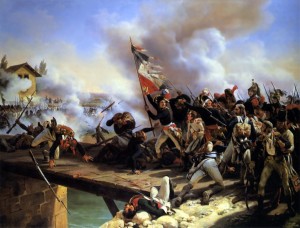 Napoleon’s immediate subordinates, the Marshals, his “management team” are interesting. They were gallant soldiers and talented commanders, most of whom could never have risen to positions of power before the French Revolution. Under Napoleon’s direction they were a formidable team, but struggled when given independent roles. Was this because Napoleon was very good at coaxing a team performance from mediocre subordinates? Or, did his working methods stifle independent thought?
Napoleon’s immediate subordinates, the Marshals, his “management team” are interesting. They were gallant soldiers and talented commanders, most of whom could never have risen to positions of power before the French Revolution. Under Napoleon’s direction they were a formidable team, but struggled when given independent roles. Was this because Napoleon was very good at coaxing a team performance from mediocre subordinates? Or, did his working methods stifle independent thought?
If you want to read more:-
Andrew Roberts recent biography “Napoleon the Great” is very sympathetic to Napolean.
Charles Esdaile’s Napoleon’s Wars: An International History, 1803-1815 is much less so.
Napoleon’s Military Maxims are here http://www.military-info.com/freebies/maximsn.htm
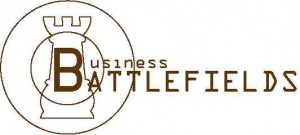 If you would like to visit some places to visit associated with Napoleon
If you would like to visit some places to visit associated with Napoleon
Paris was Napoleon’s Imperial Capital, and much in the city which marks his legacy, including his tomb in les Invalides.
The battlefield of Waterloo is the site of Napoleon’s final defeat and a good place to contemplate not merely the man but his place in public memory.
The battlefields of Austerlitz and Wagram near Brno and Vienna are places to consider Napoleon at the height of his powers.
Contact us at Business Battlefields
